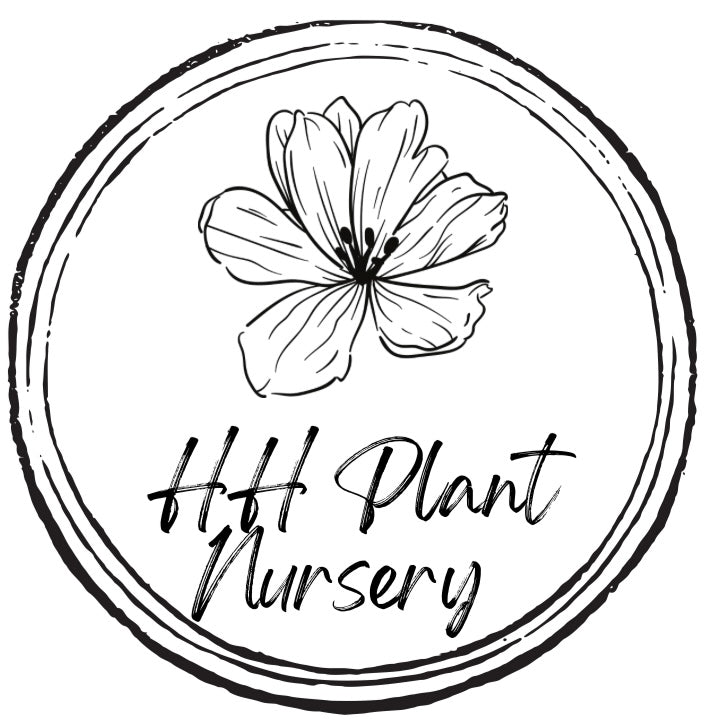Healthy Harvesters
Common Milkweed Asclepias syriaca Starter Plant Plug
Common Milkweed Asclepias syriaca Starter Plant Plug
Couldn't load pickup availability
Common Milkweed Asclepias syriaca
Common milkweed is a member of the Asclepiadaceae (milkweed) family. It is one of about 115 species that occur in the Americas. Most species are tropical or arid land species. The genus name, Asclepias, commemorates Asklepios, the Greek god of medicine. Some of the milkweed species have a history of medicinal use including common milkweed (wart removal and lung diseases), and butterfly weed, A. tuberosa (also known as pleurisy root, used for pleurisy and other lung disease).
The specific epithet, syriaca, means ‘of Syria’ in reference to Linnaeus's mistaken belief it was from Syria. It is a widespread and somewhat weedy species known from most of the eastern United States and the eastern most prairie states as well as southern Canada from New Brunswick to Saskatchewan. It is frequently found in fence rows, on roadsides, in fields, and in prairies and pastures. Given the opportunity, it will establish in gardens and even thin lawns. It is tolerant of light shade, but generally is a full sun species.
This milkweed grows to about 1.5 meters(5 feet) tall, usually occurring in clusters of stout stems. It has rhizomes and quickly forms colonies. Leaves are 15-20 centimeters (6-8 inches) long and 5-9 centimeters (2-3.6 inches) wide. They are somewhat thick with a prominent midrib beneath. The upper surface is light to dark green while the lower surface is lighter, almost white at times. Broken leaves and stems exude a milky latex.
Common milkweed is Nature's mega food market for insects. Over 450 insects are known to feed on some portion of the plant. Numerous insects are attracted to the nectar-laden flowers and it is not at all uncommon to see flies, beetles, ants, bees, wasps, and butterflies on the flowers at the same time. Occasionally hummingbirds will try, unsuccessfully, to extract nectar. Its sap, leaves and flowers also provide food.
Shipping
The plant is currently growing in a small 2 inch container, but will be shipped with the roots wrapped in damp paper towels and with plastic and ready to plant upon arrival. The plant will be between 2” to 3” in height.








